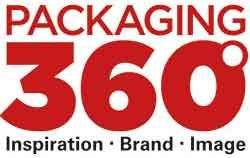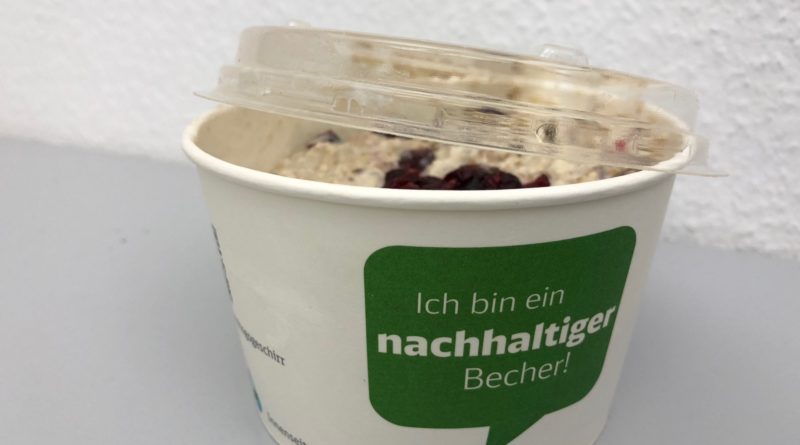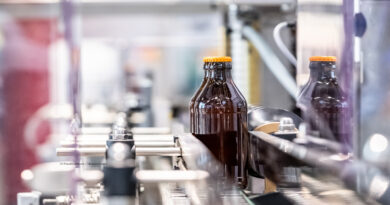Trends that challenge brand manufacturers
Reiner Graul, managing partner of the agency Bormann & Gordon Unternehmensberatung GmbH, explains why German thoroughness can sometimes be annoying and why the many packaging-free shops that are currently opening everywhere will not last long. The expert analyses purchasing behaviour. In an interview, he talks about packaging trends.
What trends do you see in the packaging industry?
The packaging industry is always connected to the trends of product manufacturers such as the food industry. There is currently one relevant topic in packaging that stands out from all megatrends: sustainability. There will be a lot more to come for the packaging industry. This topic will continue to influence all manufacturers in the coming years.
The trend towards individualisation is continuing. But I’m not just talking about the Nutella glass with the personal first name on the label. There are more and more start-ups and locals that are getting more and more attention. This is also due to the trend towards sustainability: Regional products, regional manufacturers are in. This development also affects the packaging industry. You can see this in many food products: The purchase at the house brewery around the corner, the vegetable purchase at the local organic farmer etc… In my opinion, the individualisation of consumption is to the detriment of branded companies and major brands. These will also have to produce smaller quantities in the future. There are many more small-scale brands. Branded companies have to be more flexible and can no longer produce only in bulk.
How does the trend towards sustainability fit in with the increasingly eye-catching and elaborate designs of confectionery packaging – for example on festive days?
That is an exciting question. Many consumers actually want to shop more sustainably. On Mother’s Day, Christmas or Easter, however, they keep their habit of wanting to buy a beautifully packaged gift. In the morning I buy unpacked goods at the weekly market, in the evening a packaged gift: the consumer is flexible. According to my observations, there are still few gift products in sustainable packaging. There is a gap in the range. Anyone who offers a different concept – for example a chocolate gift with sustainable, high-quality packaging – would certainly have a good chance of being accepted.
But I also have to think of the example of Lidl and Fair Trade bananas. Discount customers preferred cheap bananas that were not traded fairly. Lidl reacted accordingly. Social desire is not always in line with consumer practice.
The trend towards convenience products does not really fit in with the trend towards sustainability either, does it?
One thing is certain: people want to be comfortable, the convenience boom will continue. Convenience does not have to mean maximising waste. Convenience consumers want more sustainable products, so manufacturers will have to continue to react. There is also a big advantage for stationary retailers, who can advertise by producing less packaging waste than online retailers. At the moment, it is important to position oneself sustainably.
How are packaging sizes changing?
There will be smaller packaging units. Consumption will become more individual, people with different consumer behaviour will live in the same family. In addition, households will become smaller and smaller, and more people will live alone.
What will the packaging look like in 20 years?
Let me take the example of beverages: then the refillable plastic bottle will dominate. There will be many more returnable bottles for almost all beverages. A rethink is taking place. The idea of recycling is more important: Where does what I buy and consume end up? You can also see from the Fridays for Future demos that attitudes are changing.
Will there be many more unpackaged shops?
I don’t think so. The food trade has the competence. It’s not enough just to have the idea of selling unpackaged goods in order to maintain a business model in the long term. I think it would be good if this niche found its place in supermarkets or organic markets. The food trade can also offer unpacked goods – and competently.
What do you think about food labelling Nutri Score or other labels?
I think transparency is good. Nutri-Score is a transparent system. It is sufficient to label nutritional values. More in-depth labelling is not necessary. Whether and how much a product is sustainable, for example, should not necessarily be included in the Nutri-Score. German thoroughness is sometimes annoying. You don’t always have to discuss everything down to the smallest detail.
Reiner Graul is managing partner of Bormann & Gordon Unternehmensberatung GmbH. For more than 15 years Bormann & Gordon has specialised in the implementation of Shopper Research projects and also accompanies companies in the resulting optimisation at the point of sale. The company from Bad Homburg also conducts market tests and analyses product presentations - also with regard to packaging.




